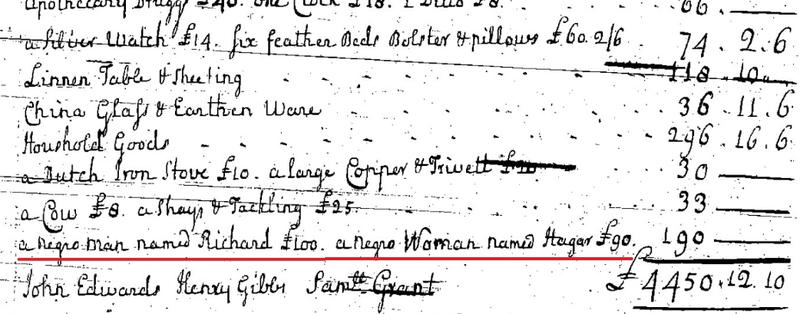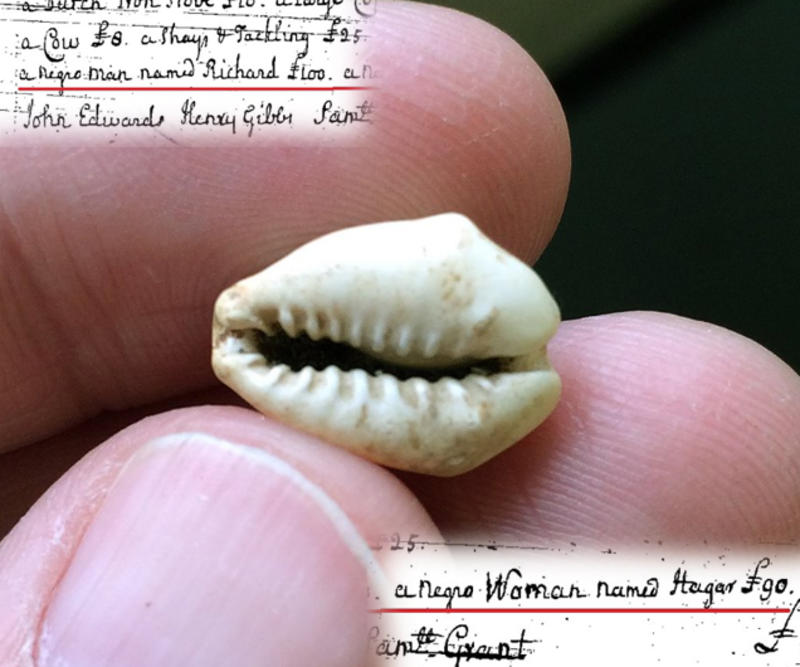Black history is Boston history
The Boston Archaeology Program seeks Boston's diverse and inclusive past.
Black history is Bostonian history. The City of Boston Archaeology Program is working with scholars and community members to illuminate the stories of Black Bostonians spanning nearly 400 years. Where Black voices have been silenced in the past, modern archaeology strives to amplify them.
Black people appear in the Boston historical record from the 17th century onward, though these records are almost exclusively legal documents like wills, probates, and court records listing them as property.
Aided by historians with local ties, we have begun to collect the names and stories of as many enslaved Bostonians as we can find in early historical records. Very few of these men, women, and children were listed by name, and most are referred to by physical descriptors such as “Negro woman” or “Mulatto boy.” Many enslaved people were Native or both Native and Black. Enslaved Native people were sometimes described as "Indian," but others were incorrectly included in the term "Negro." This practice erased and devalued diverse peoples of color who were enslaved in Boston.
Though difficult to find in written records, the population of Boston’s enslaved people was significant in the 18th century. The 1752 census of enslaved and free Africans in Boston documented 1,541 Black Bostonians, or about 10% of the overall population of the city at the time.
The City of Boston Archaeology Program is committed to prioritizing Boston’s underrepresented people in our archaeological surveys, including enslaved and free Black people. Our recent digs on the Boston Latin School site at Old City Hall encountered the deposits of Nathaniel Williams, his wife and family, and the two people the family enslaved named Richard and Hagar in the above will. We found the cowrie shell, below, which may have belonged to one of the enslaved people on the site. Cowries are an important West African artifact that has been associated with enslaved people on American historic sites. We have also recently excavated at the Parker-Emery House on Unity Street in the North End where a blacksmith named Caleb Parker enslaved an unnamed man in the 18th century. We will be sharing the results of the Parker-Emery House dig as we continue to conduct our analysis.
We invite everyone to join us in our quest for knowledge and learning, and recommend the following resources to gather more information about Boston’s free and enslaved Black residents, and the people who are working towards celebrating their stories. Below is a list of organizations and resources to utilize.
- The Society of Black Archaeologists (SBA)
- An international organization that “works to increase the number of professionally trained archaeologists of African descent through the promotion of social responsibility, academic excellence and the creation of spaces that foster the SBA’s goals and activities. The SBA promotes the proper treatment of African and African diaspora material culture, promotes community engagement and collaborations within the field, raises and addresses concerns related to African peoples worldwide, and highlights past and present achievements and contributions people of African descent have made to the field of archaeology.“
- The SBA’s online maps and databases include stories from across the United States.
- The Society of Black Archaeologists, The Theoretical Archaeology Group (North America), and The Columbia Center for Archaeology’s “Archaeology in the Time of Black Lives Matter” Resources List”, a massive list of sites, publications, artists, and workshop design.
- Video: Boston’s Black Heritage Trail with L'Merchie Frazier
- Boston’s Museum of Afro-American History’s Freedom Rising Reading List
- Gloria McCahon Whiting’s 2020 article: "Race, Slavery, and the Problem of Numbers in Early New England: A View from Probate Court" in The William and Mary Quarterly Vol. 77, No. 3 (JSTOR access available for free for Bostonians through the Boston Public Library)
- Jared Hardesty’s 2016 book, "Unfreedom: Slavery and Dependence in Eighteenth-Century Boston", published by NYU Press (BPL Listing for book)
- Ben Franklin’s World podcast interview with Jared Hardesty on Unfreedom.
We would love to hear your recommendations for additional resources, videos, publications, and datasets that we have not included here. Please email us suggestions at archaeology@boston.gov.
If you are interested in volunteering in a future project, we announce all of our volunteer projects through our newsletter. You can sign up for our newsletter online.



